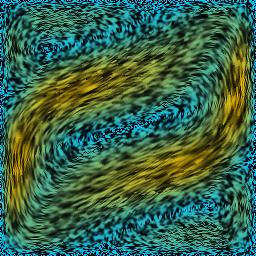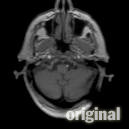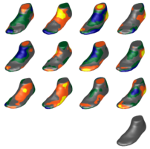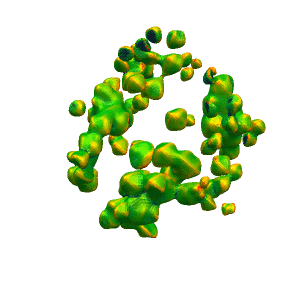Research Group of Prof. Dr. Martin Rumpf
Research Projects
Current




Numerical optimization of shape microstructures
Project C06, DFG SFB 1060.
Completed

4D structural analysis of the sugar beet geometry
Project D4, BMBF competence network.

Anisotropic Curvature Flows in Surface Modeling

Mathematical modeling and simulation of microstructured magnetic-shape-memory materials
Project A6, DFG priority program 1239.

Morphological Non-Rigid Registration

Multi-Scale Shape Optimization under Uncertainty

Segmentation with adaptive Level Set methods

Variational Methods for Model-based Interactive Analysis of Flows
This project aims at an explorative analysis and classification of complex flow pattern such as shear friction, curls or vortices. For real world flows in 2D and 3D and their temporal evolution a fully automatic and global classification is far out of reach. Hence, we will develop a flow exploration method which combines a multi-scale variational approach for the classification of flow pattern with a flexible interface for user guidance. The variational functional consists of a fidelity term, which compares the observed flow locally with parametrized physical or statistically learned models, a prior reflecting the probability of the pattern parameters and its shape, and a suitable functional encoding the user’s guidance and preferences. The analysis tool to be developed will be applied to experimental flow data rendered by different types of image sequences and to flow fields from computational fluid dynamics simulation. The user interactively selects the scale for the flow classification ranging from global macroscopic to local mesoscopic flow phenomena.